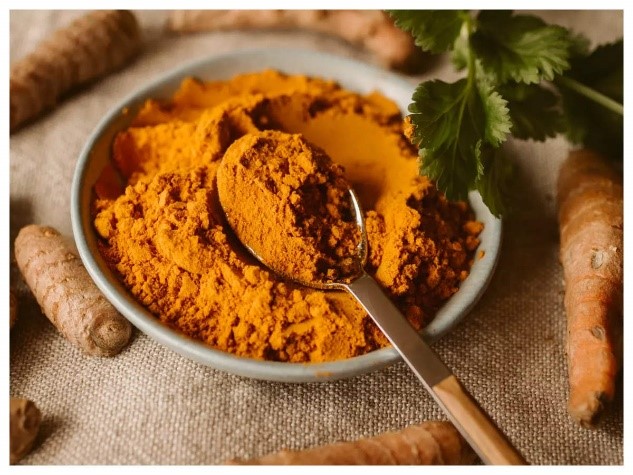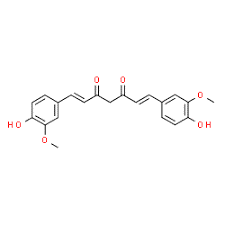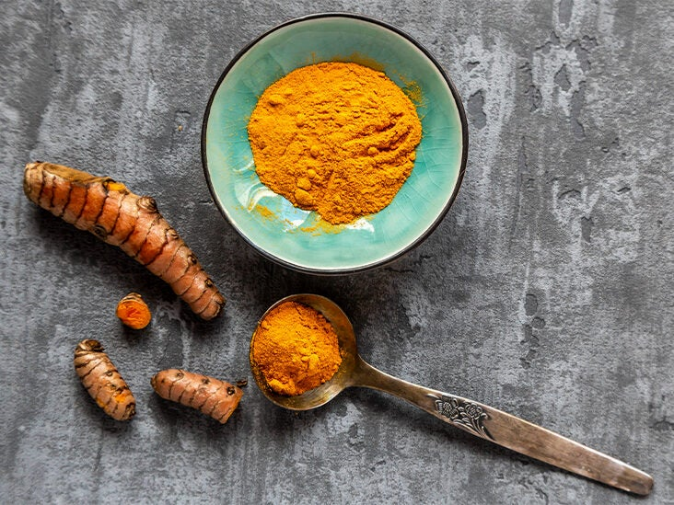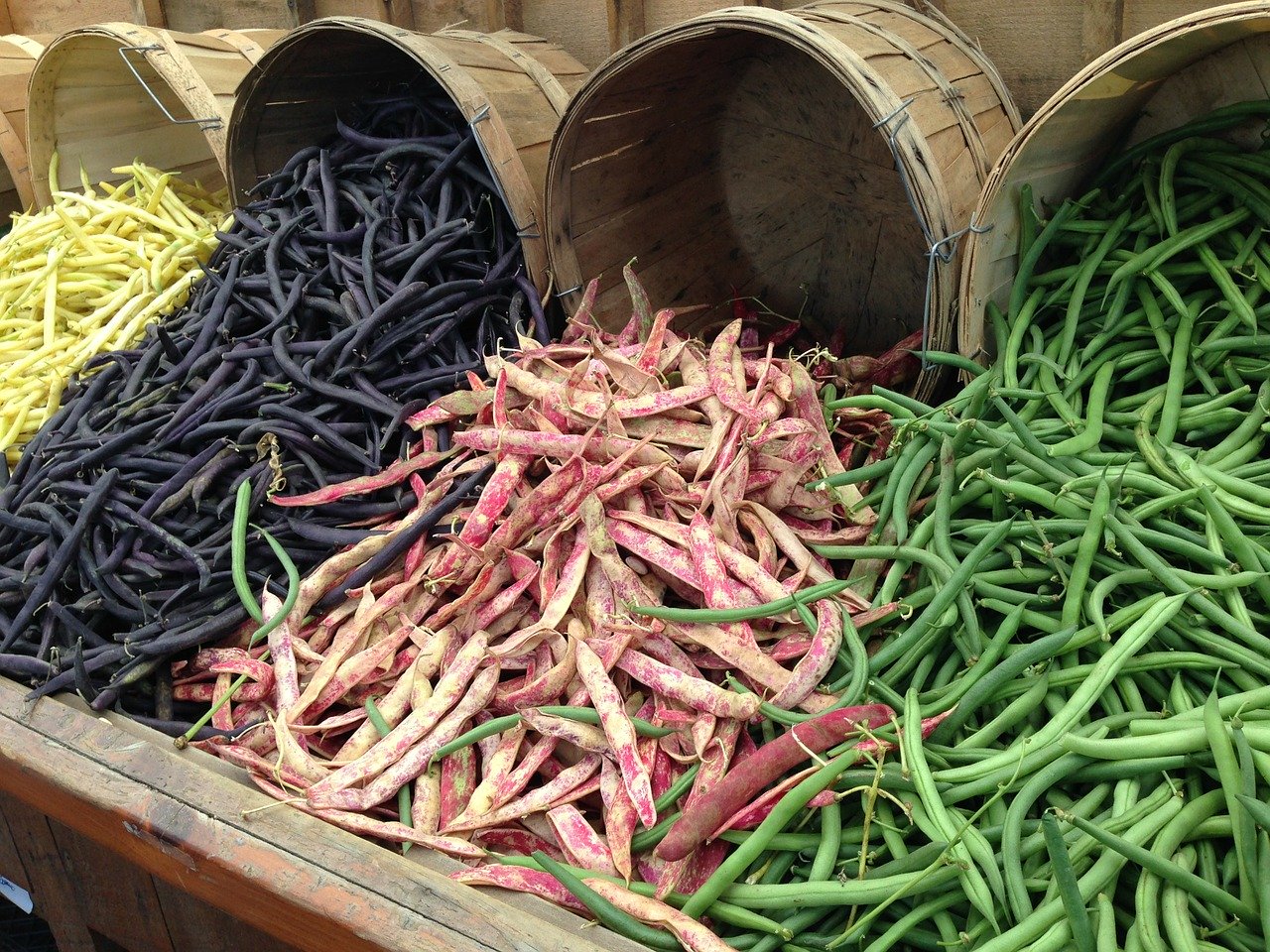The golden spice from North East India
Which Indian household doesn’t have a place for this golden spice? This spice is also held vital worldwide because of its essential properties. Turmeric, the “Indian Saffron” or “Golden Spice” is an important source of colouring and flavouring agents in Asian cuisines, traditional medicines, spices, dyes, perfumes etc. India is a major producer and exporter of turmeric in the world. India is known to produce the world’s best turmeric. In the fiscal year, 2022, the state of Maharashtra, was the leading producer in India, with production going over 367 thousand metric tons. The global curcumin market size was valued at USD 58,199.4 thousand in 2020 and is expected to grow at a compound annual growth rate (CAGR) of 16.1% from 2020 to 2028.
The chemical composition
Non-volatile curcuminoids and volatile oil are the major components of turmeric. Curcuminoids include curcumin, demethoxycurcumin and bisdemethoxycurcumin. These are non-toxic polyphenolic derivatives of curcumin which possess a wide range of biological activities. Among these, curcumin is the compound that draws major attention due to its antioxidant and anti-inflammatory properties. It is a hydrophobic and lipo-soluble compound and is essentially used for its therapeutic properties. Curcuma oils are known to improve immune function, promote blood circulation, aid toxic elimination and stimulate digestion.

The Lakadong variety
Among the wide varieties of turmeric, Lakadong turmeric is a beast of spices, due to its high curcumin level. Lakadong, a small village in the West Jaintia Hills Meghalaya, gives its name to this variety of turmeric. The turmeric goes outside the state in the form of slices or powder, whereas the powdered form fetches a higher price.
Turmeric oleoresin is also another product that is progressively used by the food processing industries in the west to impart colour and aroma to the products. Oleoresin contains the complete flavour and non-volatile resinous fraction present in spices. Oleoresin is obtained by subjecting the spice to extraction with a suitable solvent or a mix of solvents. Turmeric oleoresin contains curcumin, volatile oil, other active ingredients, and non-volatile fatty and resinous material.
Curcumin and its properties
Curcumin alone is known to have many curative benefits. The most important characteristic that highlights the Lakadong variety is its higher curcumin content. Lakadong turmeric has upto 7.5 % curcumin content while other varieties contain an average of 3 %. Due to the high curcumin content, the variety has a bright yellow hue. Hence, it could contribute rich and appealing deep yellow colour to the food products.
Curcumin is an oil-soluble pigment and soluble in alkalis. According to FAO, the use levels of curcumin are in the range of 5 to 500 mg/kg depending on the food category. Curcumin is stable in dry food and relatively stable to heat hence, can be used in thermally treated foods. Also, the major colouring components of curcumin are effective antioxidants in food. Studies show that its antioxidant effect is eight times more powerful than vitamin E. The powerful antioxidation properties of curcumin is useful to keep curry for a long time without being rancid. Increased levels of oxidative stress cause lipid, protein, and nucleic acid modifications which would lead to a worsening of mitochondrial function and cell death. Curcumin helps to boost the body’s antioxidant activity by blocking oxidative radicals.

Curcumin is known to act as a potential anti-inflammatory agent. Studies say that turmeric extracts and curcumin may be recommended for reducing symptoms of arthritis, especially, osteoarthritis. Also, certain research outcomes highlight the effect of curcumin to have anti-anxiety attributes on humans. With curcumin being identified to have all such essential properties, and the Lakadong turmeric variety found to have the highest curcumin content among all the varieties, this variety is gaining much significance in the market.
Comparison of curcumin content in different major varieties of turmeric concerning the Lakadong variety
| Name of Turmeric | App. Curcumin content (%) | Origin |
| Lakadong | 7-12 | Meghalaya |
| Alleppey | 5 | Kerala |
| Madras | 3 | Tamil Nadu |
| Rajapore | 3 | Maharashtra |
| Sangli | 2-4 | Maharashtra |
| Erode | 2-4 | Tamil Nadu |
| Nizamabad bulb | 2-4 | Telangana |
Extraction of Curcumin
Many extraction methods are used to isolate curcumin from turmeric, out of which solvent extraction is a widely used method. Solvent extraction can be used to retrieve a beneficial substance from the original solution or purify the original solvent by removing an unwanted component. Different solvents can be taken to extract curcumin, but the suitable solvent needs to be determined. Acetone is the best suitable solvent for extracting curcumin, due to its low cost and low boiling point and a little less than high weight of curcumin extracted using ethanol or any other solvents.
Another efficient method used for the isolation of curcumin is the use of Supercritical Fluid extraction. Carbon dioxide is the most used supercritical fluid, as it is non-toxic, chemically inert, non-flammable and available at high purities and at low costs. Extraction at a temperature of 50°C, pressure of 25 MPa, extraction time of 90 min, CO2 flow rate of 3 mL/min with 10% co-solvent, provided a higher curcumin content in the extraction yield.
Other methods include pulse ultrasonic and microwave-assisted extraction methods. With curcumin being increasingly used in dietary supplements, researchers have started using extraction methods employing food-grade solvents such as triacylglycerols to achieve higher yields.
Oleoresin
It is the resin-like viscous material obtained when a spice is extracted with a hydrocarbon solvent. It represents complete flavour and non-volatile resinous fraction in spices. Solvents that may be used in the extraction of turmeric oleoresin are acetone, dichloromethane, 1,2-dichloroethane, methanol, ethanol, isopropanol and light petroleum (hexanes). Generally, turmeric oleoresins are deep brownish-orange viscous oily fluids, pasty semisolids or hard amorphous solids containing 37-55 % curcuminoids and up to 25 % volatile oil. Oleoresins shall be used for colour and as a flavouring agent.
The various methods of turmeric oleoresin extraction are:
• Antisolvent supercritical solution – Carbon dioxide as a supercritical antisolvent is inert, easily available and enables the extraction of heat-labile compounds and also preserves the quality.
• Vortex-assisted deep eutectic solvent – This method is fast, environment-friendly and aids good thermal stability. This is majorly used for the extraction of edible essential oil samples.
• Liquid-liquid microextraction – Aqueous two-phase extraction is possible using imidazolium and ultrasound for the separation of curcuminoids. The recovery rate is 93 %.
• Ultrasound-assisted ionic liquid-dispersive – Liquid microextraction is the principle behind this method.
• Environment-responsive long chain acid (C7-C14) – Supramolecular solvents are used for liquid-phase extraction. The extraction time is reduced to 20 minutes using ultrasonic waves. Also, solvent wastage is considerably reduced by the application of supramolecular solvents.
• Microwave-assisted extraction – Microwave energy is used for analyte partition. The extraction rate is 27 % more efficient than the Soxhlet method.
• Soxhlet extraction – This is the traditional method with the best extraction obtained with 5 % ethyl acetate in hexane.
• Steam-distillation – This involves fractional distillation based on boiling point to extract the essential oil.
• Hydro-distillation – Essentially used to extract essential oils by passing turmeric oil through a hydro-distillation machine.
Curcuminoids and oleoresin are susceptible to degradation by oxidation catalyzed by light and heat. Hence, higher yield and efficiency can be achieved through techniques by which heating can easily be managed.
The strong antibacterial qualities of curcumin have been demonstrated, making it a prime choice for use as a food preservative. Additionally, curcumin has several health advantages, including anti-inflammatory and antioxidant properties, making it a desirable choice for consumers who are concerned about their health. We encourage readers to follow our work in this field as we continue to investigate how natural ingredients like curcumin can be used to preserve food. Together, we can advance food safety and give customers access to a range of healthier, more sustainable food choices.

The author , Ms. Sarika has B.Tech in Food Technology and is a principal consultant and MD at Food Safety Works. She has been leading the company since 2009 and has helped multiple clients implement FSMS at their locations. She has an overall experience of over 15 years in the domain.







